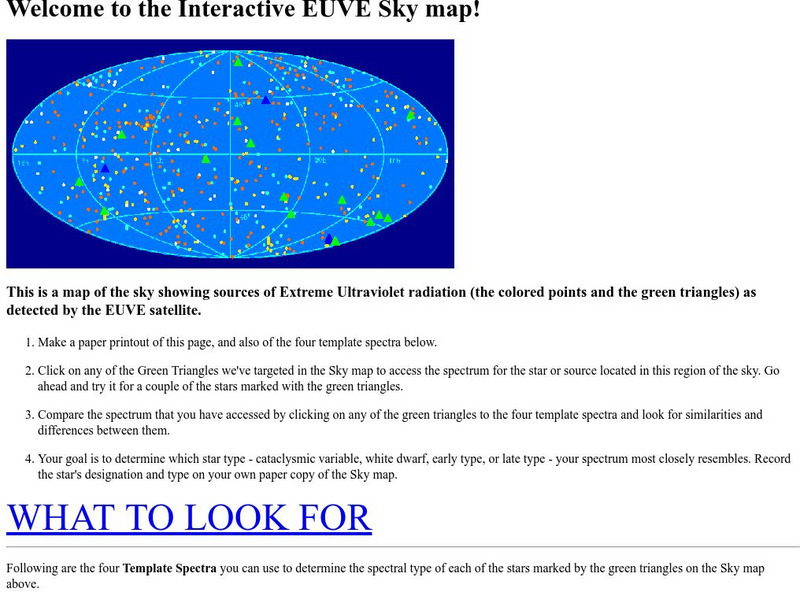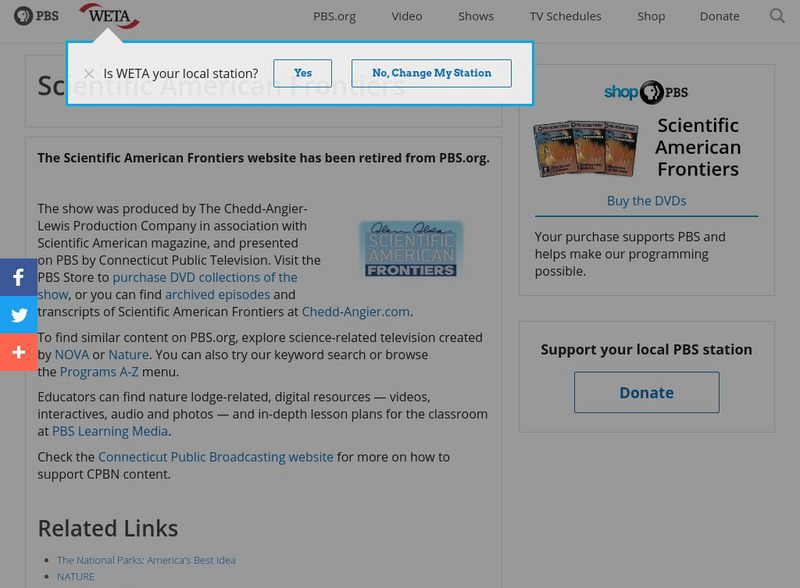Hi, what do you want to do?
Other
North Carolina Deq: The Adventures of Clair & Cam [Pdf]
The North Carolina Department of Environmental Quality offers the PDF "The Adventures of Clair & Cam" a K-5 Curriculum & Activity Guide which provides air quality education videos, lessons, activities, and music. Requires Adobe...
Other
Fluorescent Mineral Society: The Ultraviolet Spectrum
This resource presents a discussion of the nature and properties of ultraviolet light. The manner in which minerals emit UV light is described and explained.
Science is Fun
Science Is Fun: Making Things Glow in the Dark
Try this experiment to learn how to make things glow under a black light, why this happens, and some applications of this phenomenon.
Alabama Learning Exchange
Alex: Ultraviolet Radiation
An interactive PowerPoint will be used to introduce the electromagnetic spectrum. Students use UV beads to observe changes caused by the sun's rays and evaluate sunscreen effectiveness. Harmful effects of UV exposure will be described...
Environmental Education for Kids
Eek!: Outdoor Safety: Warning! The Rays of the Sun Can Be Harmful!
Learn about the harmful effects on humans of ultraviolet radiation caused by the depletion of the ozone layer.
University of California
Interactive Extreme Ultraviolet Skymap
A map showing a view of the night sky is given; sources of extreme ultraviolet light are marked. Visitors analyze the spectrum from these parts of the sky and attempt to determine which star type the spectrum most closely resembles.
NASA
Electromagnetic Spectrum: Ultraviolet Waves
Ultraviolet (UV) light has shorter wavelengths than visible light. Though these waves are invisible to the human eye, some insects can see them. The specific wavelength values are given. Uses and applications of these waves are explained.
PBS
Pbs Teachers: Scientific American: Science 911: Fight a Fire, Save the Ozone
Test the effects of exposure to ultraviolet radiation on living cells by simulating the ozone hole in the lab, then consider how this information might apply to you.
Other
Astrophysics Institute Potsdam (Aip): An Ultraviolet Space Observatory
A discussion of ultraviolet light and its interaction with the atmosphere. Describes the UV detectors on a spacecraft which are used to study the UV light emissions from astronomical bodies.
Science Fun for Everyone
Science Fun: Black Light Blue Beverage
In this science experiment, find out what happens when you pour tonic and ice into a glass and shine a blacklight on it.





![North Carolina Deq: The Adventures of Clair & Cam [Pdf] Lesson Plan North Carolina Deq: The Adventures of Clair & Cam [Pdf] Lesson Plan](https://static.lp.lexp.cloud/images/attachment_defaults/resource/large/FPO-knovation.png)




